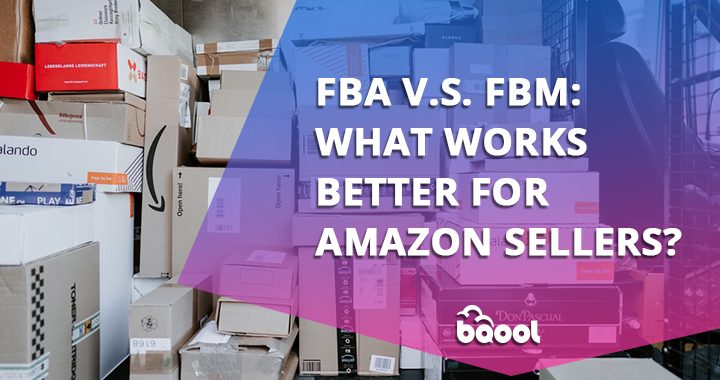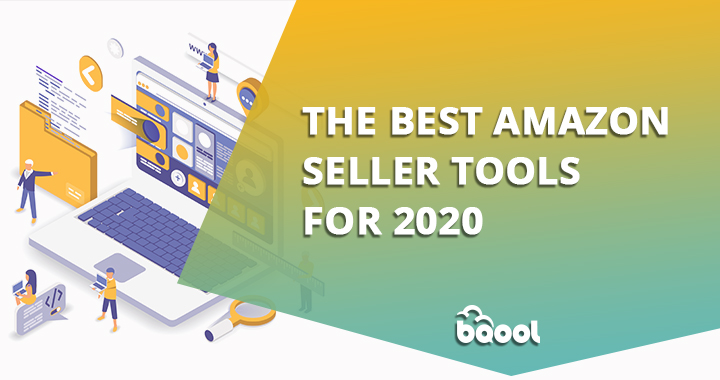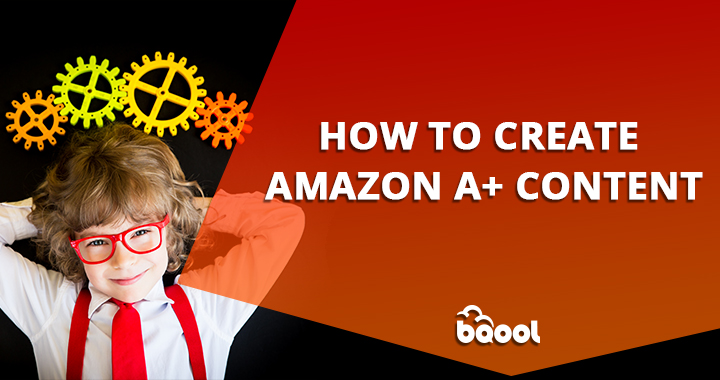FBA VS FBM: What Works Better for Amazon Sellers?
One of the most important decisions for sellers to make when they start selling on Amazon is to choose a suitable fulfillment method: Fulfillment by Amazon (FBA) or Fulfillment by Merchant (FBM). Either fulfillment method has its pros and cons, so we’ve put together a comparison table that you can use as a reference to understand which fulfillment works better for you.
FBA VS FBM Comparison
| Fulfillment Methods |
FBA |
FBM |
| Definition | Fulfillment by Amazon. Amazon stores sellers’ products in Amazon’s fulfillment centers, and pick, pack, ship, and provide customer service for these products. | Fulfillment by Merchant (known as seller fulfilled). Sellers pick, pack, and ship items to the buyers directly with no intervention from Amazon. |
| Fulfillment Fees | FBA charges fulfillment fees per unit and has a set tier of fees for products with different sizes.
Long-term storage fees will apply to all items stored in a fulfillment center for more than 365 days. |
Sellers with the Professional plan set their own shipping rates (except for books, music, video, and DVD products)
Sellers with the individual plan use Amazon’s set shipping rates for all products. |
| Inventory Storage Fees | Charged for all items stored in an Amazon fulfillment center and based on sellers’ daily average volume | Sellers decide their own warehouse/storage |
| Willingness to Pay | Amazon customers like to purchase from FBA as FBA items are eligible for 2-day Prime Free Shipping.
There are approximately 150 million Prime subscribers in the US. |
Fewer customers would choose FBM due to the possibility of a higher shipping price. |
| Listing Position | Order processing speed is considered when Amazon is calculating the listing position on a search result page. FBA arguably has the faster order processing speed which will help sellers’ listings to be placed on a higher position for better visibility | Buyers usually try to purchase from FBA sellers, and this puts FBM sellers at a disadvantage. If a product has a high exit rate and a low conversion rate due to FBM, it is likely to have an undesirable outcome on the search result position of a listing |
| Buy Box Priority | Amazon prioritize FBA to win the Buy Box | Amazon does not prioritize FBM to win the Buy Box |
| Packaging | There are general preparation requirements for sending inventory to Amazon fulfillment centers as well as the specific product categories that require specialized prep | Sellers have absolute control over their packaging and prep. |
| Prime – Shipping Eligibility | Amazon Prime Shipping Benefits | FBM sellers may be eligible for Sellers Fulfilled Prime. Although the program is not accepting new registration |
| After-Sales Support | Amazon is responsible for customer support (with the exception of the Returns Processing Fee for select product categories) | FBM sellers need to handle customer support |
| Returns | Amazon accepts and handles all the return request for sellers | FBM sellers need to handle returns themselves and they could reject return requests. |
| Customer Trust | Easier to build customer trust with the already established FBA service | Sellers may need to invest more time and efforts to build up customer trust for FBM |
| Inventory | FBA service is subject to change during the hot selling season or certain events (Coronavirus outbreak) and this may affect sellers’ inventories | More inventory control for FBM sellers |
FBA VS FBM – Which one should I choose?
FBA is best for the sellers if:
- Your products are small and lightweight
- You have high volume, larger margin products
- You have a high inventory turnover
- You don’t mind to let Amazon take control of your customers
- You want Amazon to handle your customer service
- You don’t have space to store your products and well-established logistics network
- The cost you fulfill your own products is significantly more than FBA
- You want more free time for yourself or other important aspects of your business
FBM is good for the sellers:
- Your products are heavy or oversized
- You have smaller scale, small margins products
- You want greater control over the business
- You are confident about providing stellar customer support as Amazon
- You have space to store an adequate inventory and reliable logistics network
- You have a slow inventory turnover
- You want a higher margin for each sale
- You’re able to reduce the expenses associated with the fulfilling your own products
Every Amazon seller should know how to get the most from FBA, FBM, or both. When choosing which method is right for your business, you need to take a lot of factors into consideration, such as the product you sell and the resources you have. A successful seller can adapt to the constant changes in the market and the needs of their customers. This especially rings true during the coronavirus outbreak that has affected millions of online and offline businesses. FBA sellers can consider switching to FBM if Amazon continues to prioritize the essential items in its U.S. and EU warehouses.
Not familiar with FBM and want to learn how to start?
Here at BQool, you can get a ton of free information if you are interested in selling on Amazon. Marco Negri, our YouTube Channel curator, has a video guide to show you how to switch from FBA to FBM so you can safeguard your business in a time of crisis.











April 17, 2020
Hi,thank you for your article.
Do you pay the 20% fees when you do FBM?
Is is possible to change into FBM mode when you are already FBA?
thank you,
Chloé
April 20, 2020
Hi Chloé,
I assume the 20% fees you mentioned is the Amazon referral fees. In that case, you are still required to pay the referral fees to Amazon. And yes, you can change your listing fulfillment type from FBA to FBM.